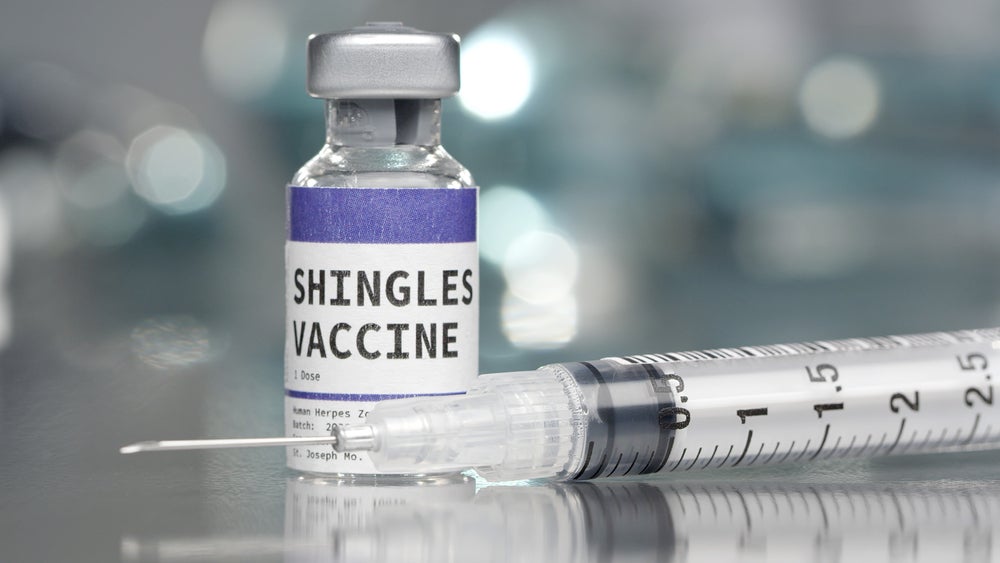Curevo Vaccine’s varicella-zoster virus vaccine amezosvatein has achieved all primary endpoints, including demonstrating non-inferiority to GSK’s Shingrix in a Phase II trial.
The randomised, observer-blind Phase II trial (NCT05304351) enrolled 876 participants, with 257 participants receiving Shingrix and 619 participants across five arms receiving amezosvatein.
The Curevo vaccine achieved the co-primary endpoints of showing humoral immune responses one month after the second vaccine dose. The primary immunogenicity endpoint was met with amezosvatein demonstrating non-inferior participants’ immune responses compared to Shingrix.
The vaccine response rate to amezosvatein and Shingrix was 100% and 97.9%, respectively. Amezosvatein also met the co-primary safety endpoint was also by demonstrating lower rates of solicited local and systemic adverse events.
Phase II trial investigator Dr William Smith said: “If these data are confirmed in a Phase III trial, amezosvatein holds great promise in meeting the goal of broadening effective vaccination rates against shingles, a serious medical condition capable of causing significant, long-term disruption in adult populations.”
In light of positive Phase II data, the US-based company plans to start Phase III trials evaluating the amezosvatein vaccine this year, as per a 7 January press release.
As per Curevo, at the chosen dose for amezosvatein for Phase III trials, there were no reported Grade III solicited local or systemic adverse events. The Grade II and III solicited systemic side effects were reported in 19.1% of the participants receiving Shingrix compared to 5.5% of participants reporting Grade II side effects with amezosvatein.
Amezosvatein, also known as CRV-101, is a non-messenger ribonucleic acid (mRNA) adjuvanted subunit vaccine. The vaccine’s adjuvant targets toll-like receptor 4 (TLR4) signal pathway to boost the immune response elicited by its subunit protein antigen called glycoprotein E (gE), which in turn elicits a long-term, protective immune response to prevent shingles.
Shingles are caused by the reactivation of the varicella-zoster virus. It is characterised by a painful rash on one side of the face or body.
Shingrix also has the same mechanism of action as amezosvatein and was first approved by the US Food and Drug Administration (FDA) to prevent shingles in adults aged 50 years and above. In 2017, Shingrix was recommended by the US Centre for Disease Control (CDC) over another approved vaccine, namely MSD’s Zostavax due to higher efficacy despite higher rates of side effects. It generated £2.5bn ($3.2bn) in sales in the first nine months of 2023, as per GSK’s Q3 2023 financials.
Another shingles vaccine currently in development includes China-based Jiangsu Recbio Technology’s REC610. The vaccine is currently being evaluated in the Phase I trial (NCT05769049) against Shingrix.









